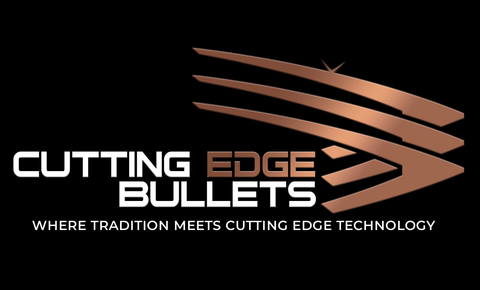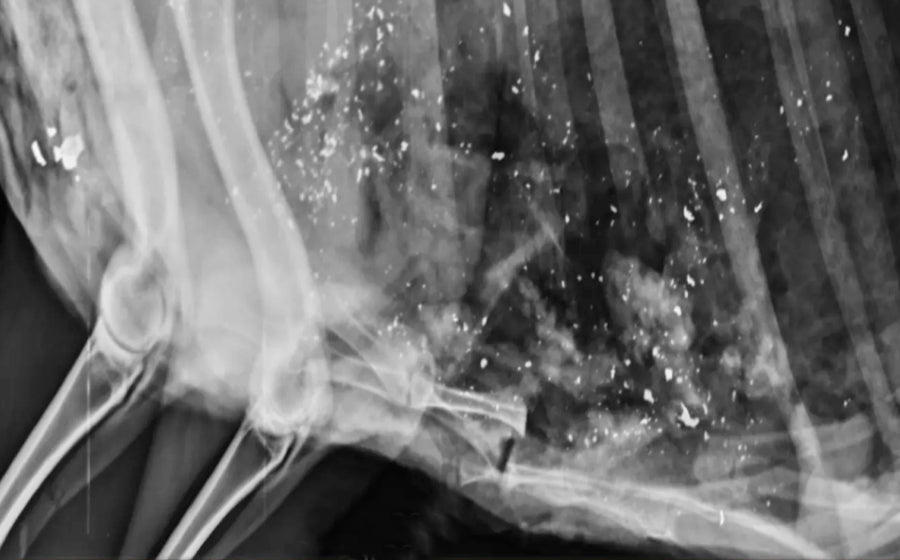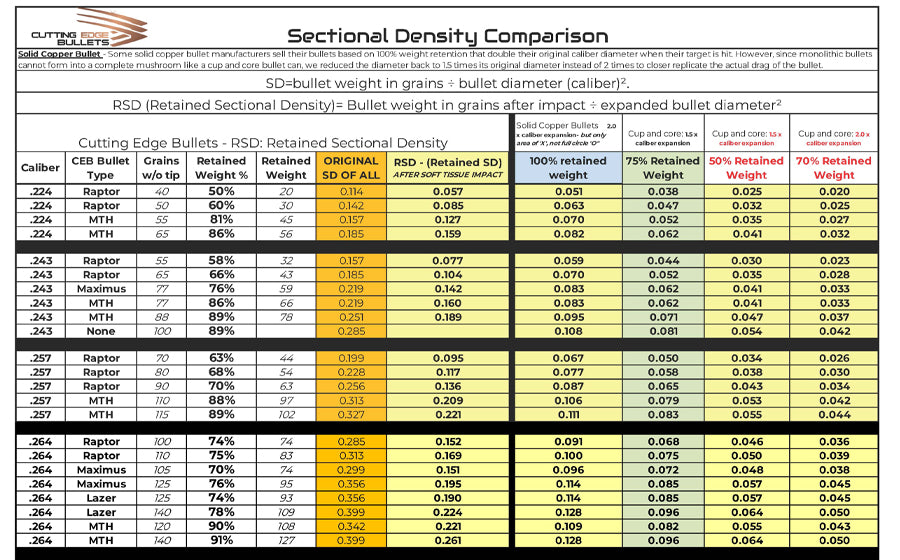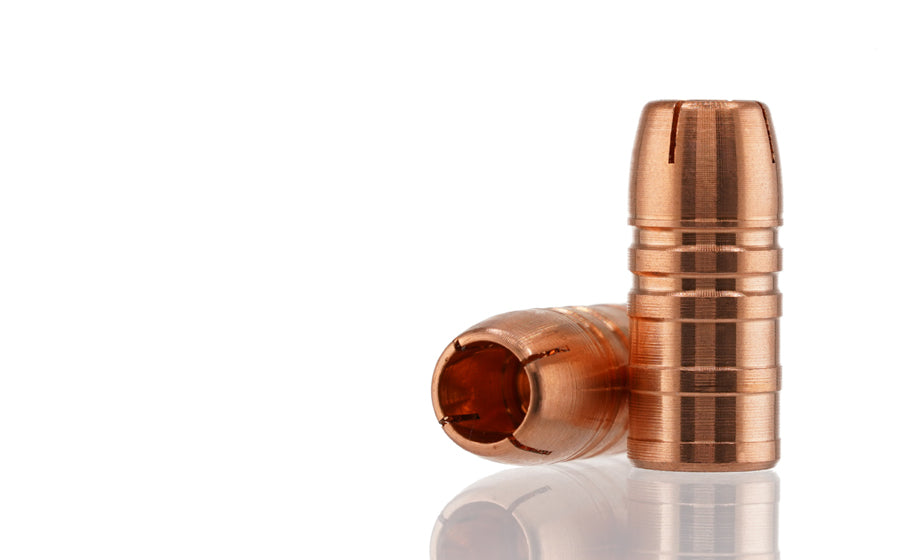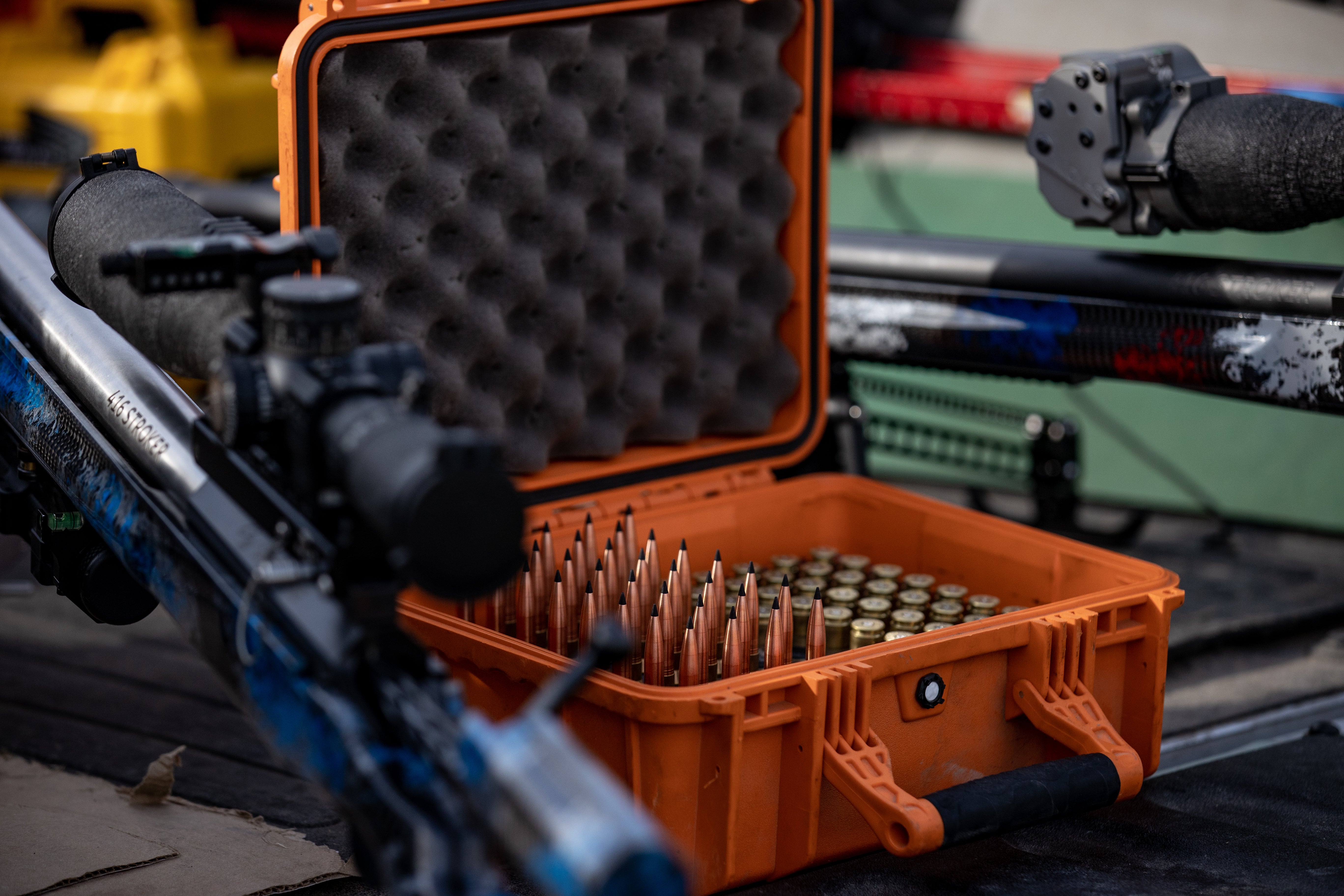Over the past few years, there’s been a massive surge in discussion about lead core bullets and their impact on the environment and our health. Some parts of the US and other parts of the world have gone as far as to ban lead-core bullets altogether.
Perspectives Regarding Lead Bans
Something interesting we’ve noticed since attending IWA in Germany is the difference in attitude regarding banning lead in the US and Europe. In the US, banning lead bullets is viewed as a political subject. There is much talk about how banning lead is an attempt by the Democrats to control gun owners. In Europe, there is not much talk about lead bullets being banned for political reasons. Instead, this ban is viewed as a genuine concern for public health and the betterment of wildlife preservation.
We’re not here to discuss political matters. We only wish to discuss the facts about the danger of lead to hunters and their families.
Initial Findings
President and founder of Cutting Edge Bullets Dan Smitchko had been long-range hunting with lead-core bullets for ten years before developing his own bullet. He was shocked to see the difference solid copper bullets make in the wound channel. Previously, the wound channels had been black from the lead the entire way through. The solid copper bullet creates a clean wound channel, free of black debris.
There's something about a free and clear wound channel that really provides peace of mind. To see a full gallery of wound channels created with our bullets, please check out our designated page HERE.
The Evidence


Take a look at the above X-rays, which compare an animal being shot with a lead-core bullet vs. a solid copper bullet. These images above are courtesy of Conservation Namibia, which conducted a complete study on the effects of lead bullets on the environment and our health. The first x-ray image perfectly demonstrates how lead-core bullets act upon entering the body of the game. As you can see, cleaning all 450 pieces of lead out of the meat would be next to impossible. No matter how thorough, the probability of getting every piece of lead out of the meat butchered is pretty low.
Conservation Namibia also did the leg work on what it would take to remove the lead and found a startling discovery:
"A review of studies in Europe that analyzed the lead content of various gamebirds and mammal species after the bullet, wound channel, and visible fragments had been removed revealed that most game meat samples still contained more lead (often 10-20 times more) than the maximum level of lead allowable in human food in the EU. Reducing the quantity of lead to acceptable levels would require the removal of at least 30cm of flesh on all sides of the wound, which is impossible for smaller gamebirds and would waste a huge amount of meat in larger game."
Shout out to Conservation Namibia for conducting this thorough study and providing the public with this information.
The Problem With Lead
When calcium enters a neuron, it releases neurotransmitter, i.e., the guys responsible for sending signals to the next nueron. When lead enters your body, it mimics calcium, and it blocks calcium from entering the nueron. The result is less nueral activity. The lack of nuerotransmitter activity is the reason people with lead poisoning start to have strange behavioral patterns and reduced cognitive function.
When the Romans started digging up lead for use in their plumbing in 200 B.C., they discovered it was poisoning the water supply. Many people started going "mad" from lead poisoning, and it took them a while to figure out why. Unfortunately, they did not stop using lead until 250 A.D. Interestingly enough, Europe was well aware of the dangers of lead. However, in 1621, we started mining lead almost immediately after stepping foot on the New World, i.e., the United States. The United States used lead in paint, gasoline, light bulbs, and more until 1978, when the ban on lead paint was established.
Despite the undeniable toxicity of lead, there is a lot of opposition to banning lead bullets. Some argue that the amount of lead ingested from butchered meat shot with lead bullets isn’t enough to cause harm.
To each their own, but we will not be feeding ourselves or our families any amount of lead.
If you're interested in making the switch to solid copper bullets but have questions, please email us as support@cuttingedgebullets.com or fill out our contact form.
We also have some resources you may found valuable below:
CEB Hunting Bullet Line Comparison
Copper vs. Lead
FAQ's
Thanks for reading!
-Samantha Smitchko
VP of Business Development
Are you interested in learning more about the effects of hunting with lead core bullets? We recommend the following articles:
